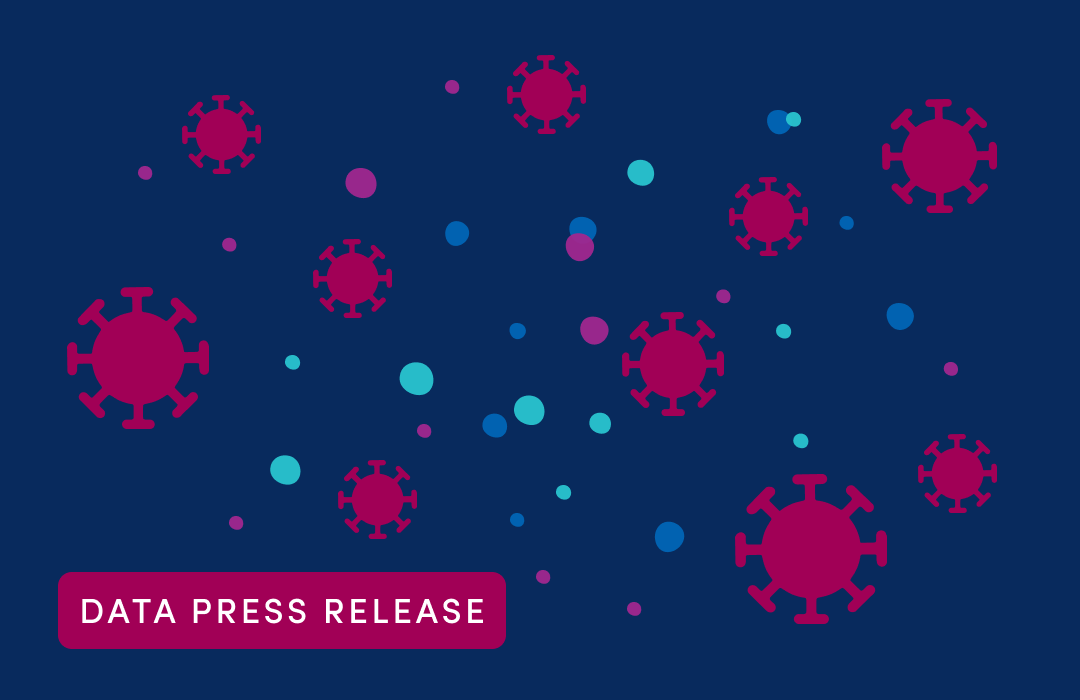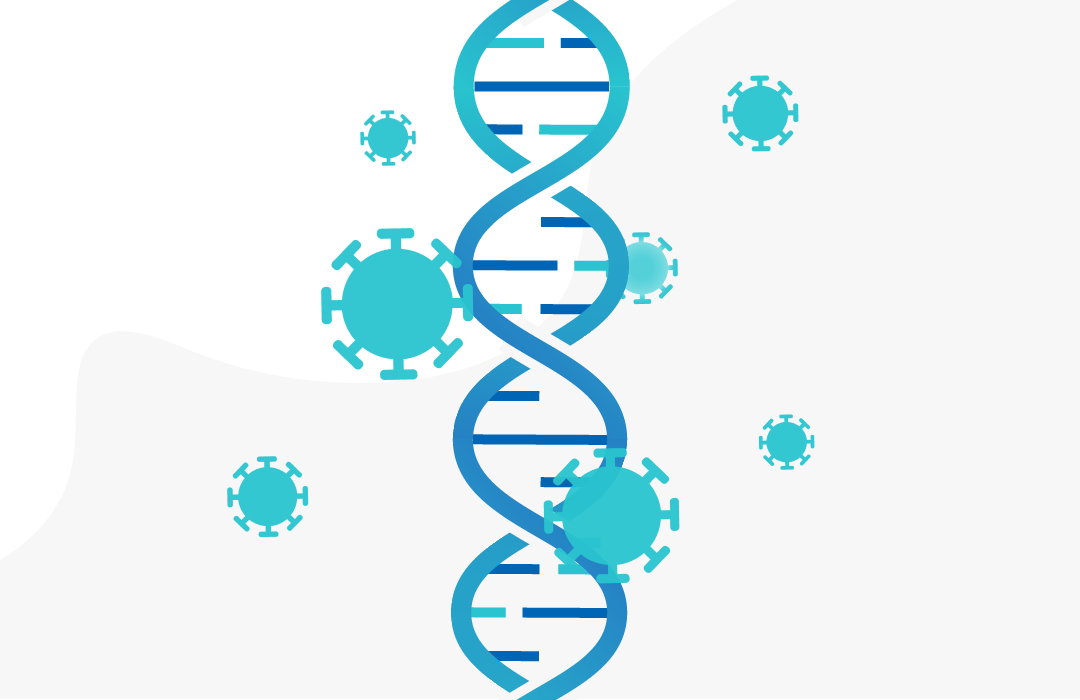
Are muscle pains a symptom of COVID-19?
March 29, 2021

This article has not been updated recently
Data from millions of ZOE COVID Symptom Study app contributors has shown that unusual muscle pains can be a symptom of COVID-19. Here’s how to spot them and what they feel like.
What are muscle pains like in COVID-19?
People using the app have reported feeling muscle aches and pains, particularly in their shoulders or legs.
COVID-related muscle pains can range from being mild to quite debilitating, especially when they occur alongside fatigue. For some people, this muscle pain stops them from doing day-to-day tasks.
It’s important to remember that new muscle pains can appear for lots of reasons. For example, many of us have been working from home using a temporary desk and screen setups that may be far from ideal.
So although people with COVID-19 sometimes experience unusual muscle pains, most people with new aches and pains will not have COVID-19.
When do muscle pains happen in COVID-19?
Unusual muscle pains can be an early symptom of COVID-19, often appearing at the very start of the illness.
Usually, it lasts for an average of two to three days but can take longer to go away the older you are. This is commonly up to four days for children, five days for adults aged 16-35, seven days for adults aged 35-65 and up to eight days for adults over 65.
Unfortunately, COVID-related muscle pains can sometimes last much longer, and are commonly reported in people with long COVID or post-COVID syndrome.
How common are muscle pains in COVID-19?
One out of three people who are ill with COVID-19 will have unusual muscle pains. It’s more common in adults aged 16-65 (41%) than children (15%) or those over the age of 65 (36%).
Only 2% of people who were ill with COVID-19 reported muscle pains as their only symptom.
What other symptoms of COVID-19 are common alongside muscle pains?
Unusual muscle pains are most likely to occur alongside other symptoms. Across all ages, most of the time muscle pains happen alongside fatigue and sometimes with fever, feeling dizzy or light-headed and skipping meals.
Other symptoms common alongside unusual muscle pains depend on age. For example, getting headaches with muscle pains is very common in people under 65. Loss of smell (anosmia) also tends to occur alongside unusual muscle pains in adults, but is less common in adults aged over 65.
Depending on your age and sex, you should contact your doctor if you have multiple different symptoms of COVID-19 in the first week of being ill.
What should I do if I have muscle pains and think it might be COVID-19?
If you’ve got new, unusual muscle pains it could be COVID-19, especially if you also have a headache and fatigue. You should:
- Follow the NHS guidelines and self-isolate at home to help protect the people around you and the wider community.
- Download the ZOE COVID Symptom Study app and log your symptoms to be offered a test through the app.
- Also log your health daily in the app, if you’re not already, to help us understand more about how COVID-19 affects people and contribute to life-saving scientific research.
- Check out our tips on looking after yourself if you are sick with COVID-19, monitoring your health at home and staying hydrated.
Having unusual muscle pains can be very debilitating. It’s important to listen to your body and not push yourself into doing more than you’re able to.
Make sure you give yourself enough time and rest to get better if your muscle pains are caused by COVID-19, which can take a week or more to go away.
Stay safe and keep logging.












.png)


.jpg)














.png)







%202.png)
.png)


















.png)






